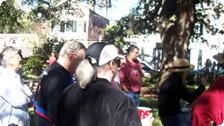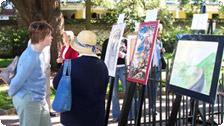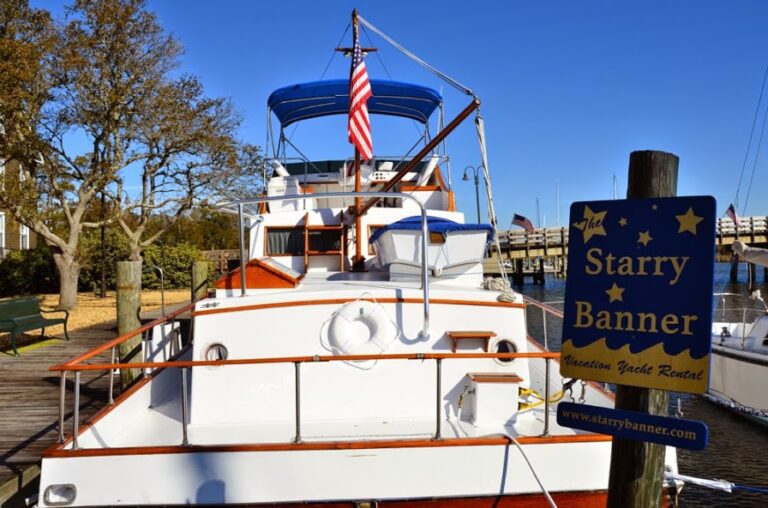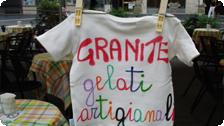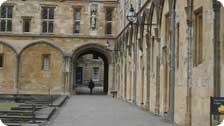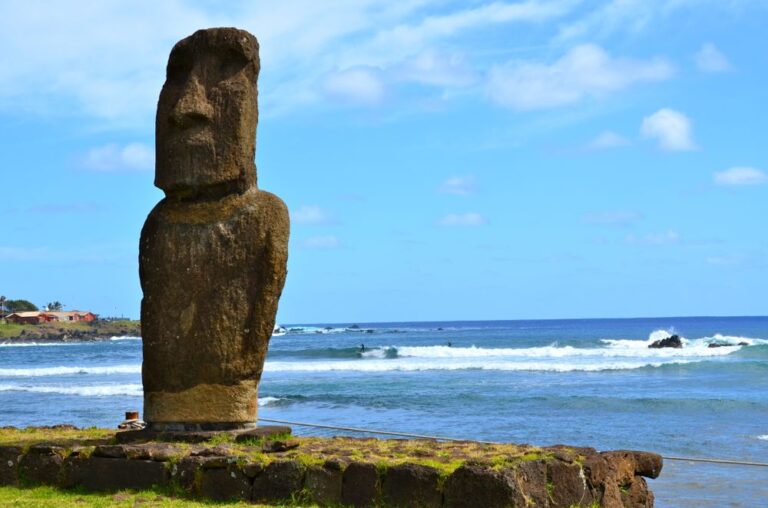Destination Review: Charleston, USA: An Art Lover’s Nirvana
Charleston, South Carolina is a piece of art all in itself. The city scene, its characters, and its eccentricities could be ripped out of the pages of a nineteenth-century novel.
Adding to Charleston’s aesthetic are the artists themselves: sweet ladies weaving grass baskets in the old slave market and around the city, painters recreating city scenes in Washington Park.
The city’s passion for the arts has remained strong for centuries, especially in the historic district’s French Quarter. As French Quarter Gallery Association President Chuck Wolf says, “The French Quarter is the heart of Charleston.”
Bounded by Lodge Alley, State Street, East Bay, Cumberland, and Broad streets, the French Quarter is marked by tall, gas-lit lanterns and dark cobblestone streets lined with brick buildings. The Quarter has remained Charleston’s art district for centuries; for while the names on their signs may have changed over the years, the galleries themselves have been there for years.
“Charleston is one of the few cities in the United States that has an area dedicated purely to the arts,” says Wolf. “Artists have been walking these streets for hundreds of years.”
Today, the district is home to thirty of the city’s renowned galleries, representing six hundred and fifty artists on the peninsula alone.
The arts have been a part of the city for centuries, but it was the Charleston Renaissance that turned Charleston into a cultural mecca. Between 1915 and 1940, Southern artists, including Elizabeth O’Neil Verner and Alice Ravenel Huger Smith, introduced Charleston to the world through their paintings and sketches of the city’s architectural landscapes, natural surroundings, and plantation life.
Writers and artists from the North (including the painter Edward Hopper) flocked to Charleston as well, further revitalizing the city’s art scene. Many works from the Charleston Renaissance can be seen at the Gibbes Museum of Art.
While Renaissance artists put Charleston on the map by highlighting the city’s beauty, the art scene is changing, with more eccentric visual art making its mark.
“Charleston is becoming a hot market,” says Wolf. “It’s attracting more artists from all over the United States. Much of this can be attributed to [the city’s] friendly, down-to-earth personality.”
Many of the galleries showcase local works, but others are also beginning to expand their focus. Ella Richardson Fine Art Gallery shows works from artists throughout the United States, as well as from around the world.
Among the most celebrated art events in Charleston are the French Quarter Art Walks. Four times a year, the French Quarter Gallery Association hosts art walks, inviting locals and tourists to get a glimpse inside the city’s art scene. The walks, which take place on the first Friday of March, May, October, and December, draw thousands of people. The streets fill with art lovers, who stroll French Quarter’s streets, peruse the area’s many galleries, and enjoy free hors d’oeuvres and fine wine.
Charleston is one of the few cities where artists and art lovers join together to support and celebrate the arts. Filled with carefully designed, colorful buildings dating back to the eighteenth and nineteenth centuries, geometrically shaped parks, shops, fine restaurants, theaters, and art galleries—all set against an historical backdrop—Charleston is a place to experience artistic nirvana.
Planning a trip to Charleston soon? Visit the following sites for more information on Charleston’s art world:
The French Quarter Gallery Association
The Gibbes Museum of Art
135 Meeting Street; t 843.722.2706
Charleston Fine Arts Dealer Association
Discover more from Tango Diva
Subscribe to get the latest posts sent to your email.
